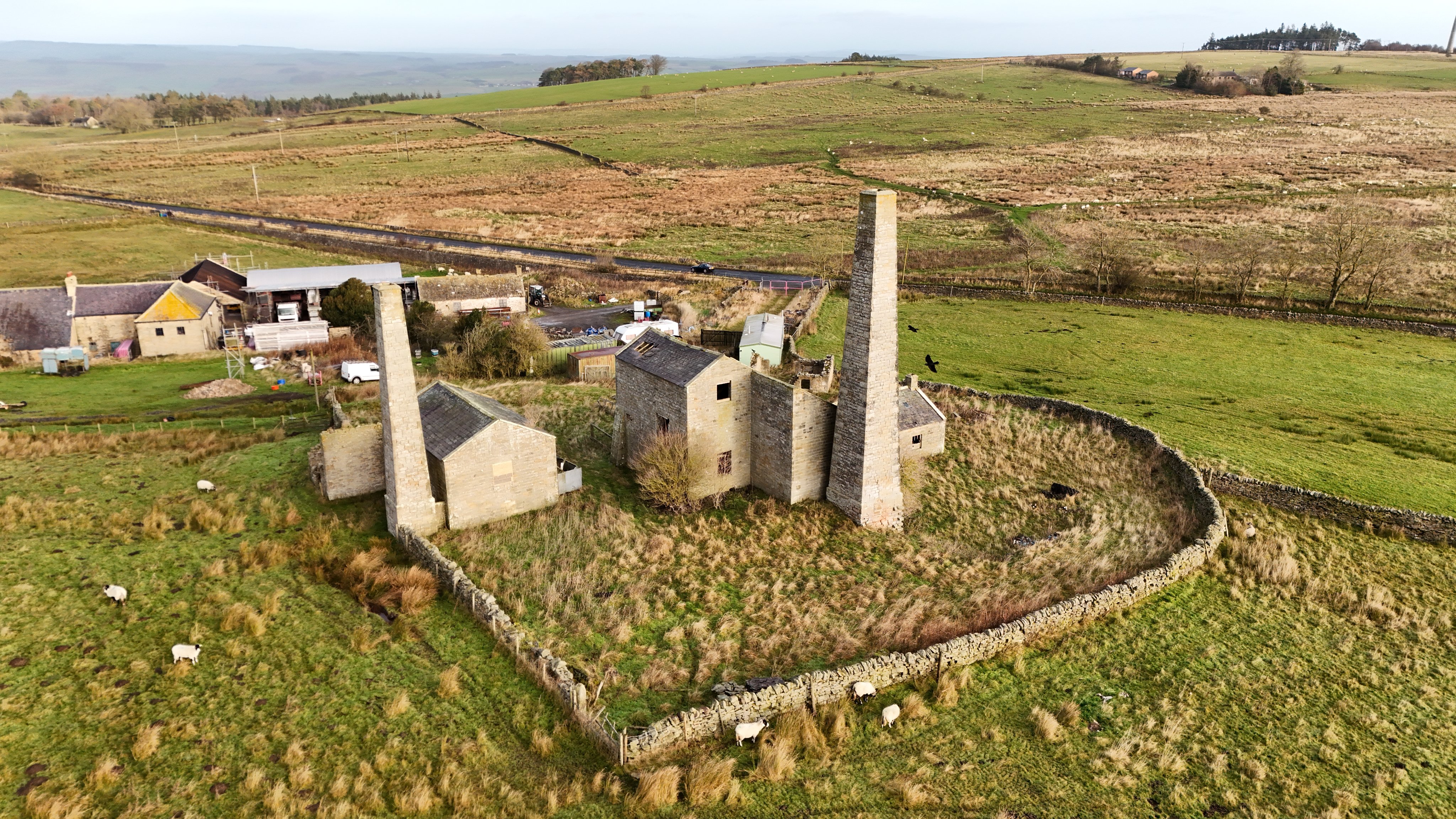N19001
Stublick Colliery
Langley nr Hexham
54.939233, -2.225029
Opened:
Closed:
Unknown
1926
Entry Created:
16 May 2022
Last Updated:
11 Dec 2024
Partly Preserved
Condition:
Owners:
Executors of Joseph Dinning (1880s), M. Stobart (1890s), Langley Barony Coal & Fireclay Co. Ltd. (1910s)
Description (or HER record listing)
Imagine yourself walking the turnpikes of early 19th century Tyneside - passing along the farmsteads and rough brushland of Walker and Wallsend. You'll undoubtedly walk past sites like this.
This is Stublick Colliery - a colliery from the early 1800s preserved and frozen in time for the past two centuries. This little pit worked the shallow Stublick coalfield, which stretches east for miles and supported the lead and brick industries at various times, alongside domestic household use locally. The Langley Leadmill is just north while in the 1920s it was home to a brickworks, with fireclay used for brick generally found within the coal seams.
Many of the coal shafts on this coal field utilised gins - there's one at Beamish, and because the pits were shallow they used horses to pull up the coal to the surface. The coal would then be placed in wagons and horses would pull the carts here I reckon.
What we see on the photographs below is the engine house, a furnace house, store and a saw mill. The main building is the pumping engine house, and you can see the round-headed opening for winding gear for the shaft that stood below. It's likely a Newcomen engine stood inside. The furnace house on the left also has a round headed arch and a cart entrance. What I would do to look inside...
The Langley Barony Coal & Fireclay Company ceased production in 1926, and ever since this place has sat dormant. It's now listed, but it's on private land so there's no chance having a peek. However, it stands as a monument of reflection for how this entire region once appeared.
Alongside the environmental remains, there are also ashlar buildings south of Stublick farm which have been repurposed. They were in use well before the 1850s. Next to Stublick Sike stood a single pit house and building containing the shaft.

Ordnance Survey, 1865

Stublick Colliery, undated. Source: Beamish Collections
Have we missed something, made a mistake, or have something to add? Contact us

Photograph of the lasting Stublick Colliery buildings in 1984, used as farm buildings by this time. A pumping engine, potentially Newcomen stood in the centre, with coal produced by horse gins on shafts on the moors. Source: Beamish Collections
Historic Environment Records
Durham/Northumberland: Keys to the Past
Tyne and Wear: Sitelines
HER information as described above is reproduced under the basis the resource is free of charge for education use. It is not altered unless there are grammatical errors.
Historic Maps provided by

